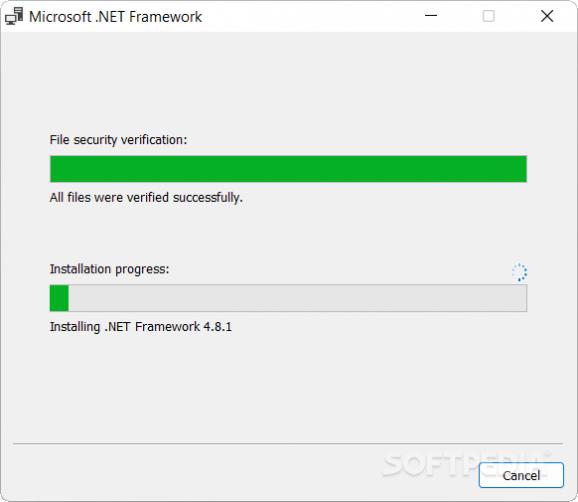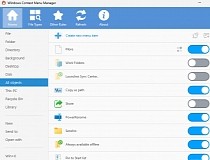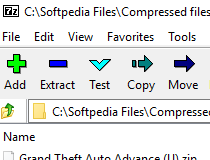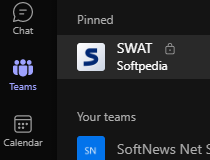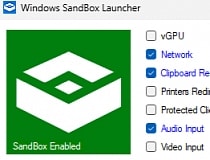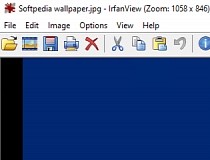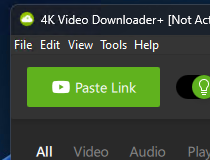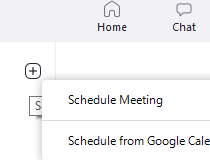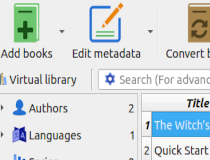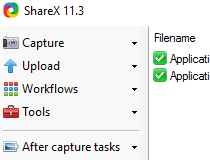Microsoft's programming infrastructure for developing and launching Windows apps that use .NET technologies, geared toward both programmers and casual users. #Entity Framework #Windows Presentation Foundation #Windows Workflow #Microsoft .NET Framework #Framework #WPF
Proprietary of Microsoft, .NET Framework is a free programming infrastructure that some developers resort to when creating Windows-oriented applications and services using .NET technologies.
It's basically a large package that already has all the necessary code with libraries, classes and templates needed by programmers to seamlessly put together desktop apps and web services by simply calling the code, instead of having to write everything from scratch. The package contains three major components: Common Language Runtime (CLR), Framework Class Library (FCL), and ASP.NET.
CLR is the runtime environment, which means that it handles the execution of .NET apps, enabling programmers to develop projects using a language compiler, featuring cross-language integration and exception handling, enhanced support for security, versioning and deployment, along with a simple model for component integration, debugging and profiling services. At the moment, these are the CLR versions available: 1.0, 1.1, 2.0, 3.0, 3.5, 4 and 4.5 (includes 4.5.1 and 4.5.2). There's also a 4.6 RC version available.
FCL comprises the numerous classes, services, interfaces and namespaces provided by .NET Framework. Apart from the runtime core functions (e.g. file and network I/O), it supports database interaction, XML usage and development, client-oriented apps for the desktop and Internet, along with SOAP-based XML web services.
ASP.NET is the popular open-source service-side framework that programmers use to create dynamic web pages, apps and services with HTML, CSS, JavaScript, and any other type of code supported by the .NET language.
.NET Framework addresses not only developers, but also regular users who want to be able to launch a tool written in .NET Framework. Typically, the infrastructure has to be manually downloaded by users. However, it sometimes comes bundled with various software packages, and some versions are built into Windows, so they only need to be enabled. For example, .NET Framework 3.5.1 is integrated into Windows 7, while .NET Framework 2.0, 3.0, 3.5 and 4.5 are rolled with Windows 8.
Worth mentioning is that the version number of a framework shouldn't be understood as a simple "update" number. For instance, older applications require older .NET Framework editions to work, and users should keep in mind these are not automatically implemented in newer versions. To be more specific, you can have multiple .NET Framework versions installed on your PC to run multiple apps with different requirements. Figuring out what version you already have installed can be tricky, but you can resort to several apps to help you in this regard, such as Speccy Portable.
There are several known facts when it comes to the downsides of .NET Framework for casual users. For example, it occupies a significant amount of disk space, the installation step is lengthy, the utility usually hogs system resources, and older editions sometimes become unstable and frequently crash. Although this method doesn't always work (sadly), the last mentioned issue can be typically fixed by reinstalling .NET Framework. This can also be a problematic step because it's tricky to completely eliminate all leftovers (try using .NET Framework Cleanup Tool).
To conclude, .NET Framework can be viewed as a love-it-or-hate-it platform: it can easily become a solution for developers who fully understand how to work with it, as well as a burden for casual users who frequently run into all sorts of issues. Regardless of what the case may be, .NET Framework is (usually) indispensable for Microsoft users.
NOTE: You can also download .NET Framework 2 / 2.0 /1.1 or .NET Framework 3.5.
System requirements
- 1 GHz or faster processor
- 512 MB of RAM (1.5 GB if running on a virtual machine)
- 4.5 GB of available hard disk space (x86)
- Microsoft .NET Framework 4.8
What's new in Microsoft .NET Framework 4.8.1:
- NET Framework 4.8.1 introduces new features in the following areas:
- Native support for Arm64
- WCAG2.1 compliant accessible tooltips
Microsoft .NET Framework 4.8.1
add to watchlist add to download basket send us an update REPORT- PRICE: Free
- runs on:
-
Windows 11
Windows Server 2022
Windows Server 2019
Windows 10 32/64 bit
Windows 8 32/64 bit - file size:
- 47.2 MB
- filename:
- ndp48-x86-x64-allos-enu.exe
- main category:
- Others
- developer:
- visit homepage
Context Menu Manager
7-Zip
Microsoft Teams
Windows Sandbox Launcher
Bitdefender Antivirus Free
IrfanView
4k Video Downloader
Zoom Client
calibre
ShareX
- Zoom Client
- calibre
- ShareX
- Context Menu Manager
- 7-Zip
- Microsoft Teams
- Windows Sandbox Launcher
- Bitdefender Antivirus Free
- IrfanView
- 4k Video Downloader
